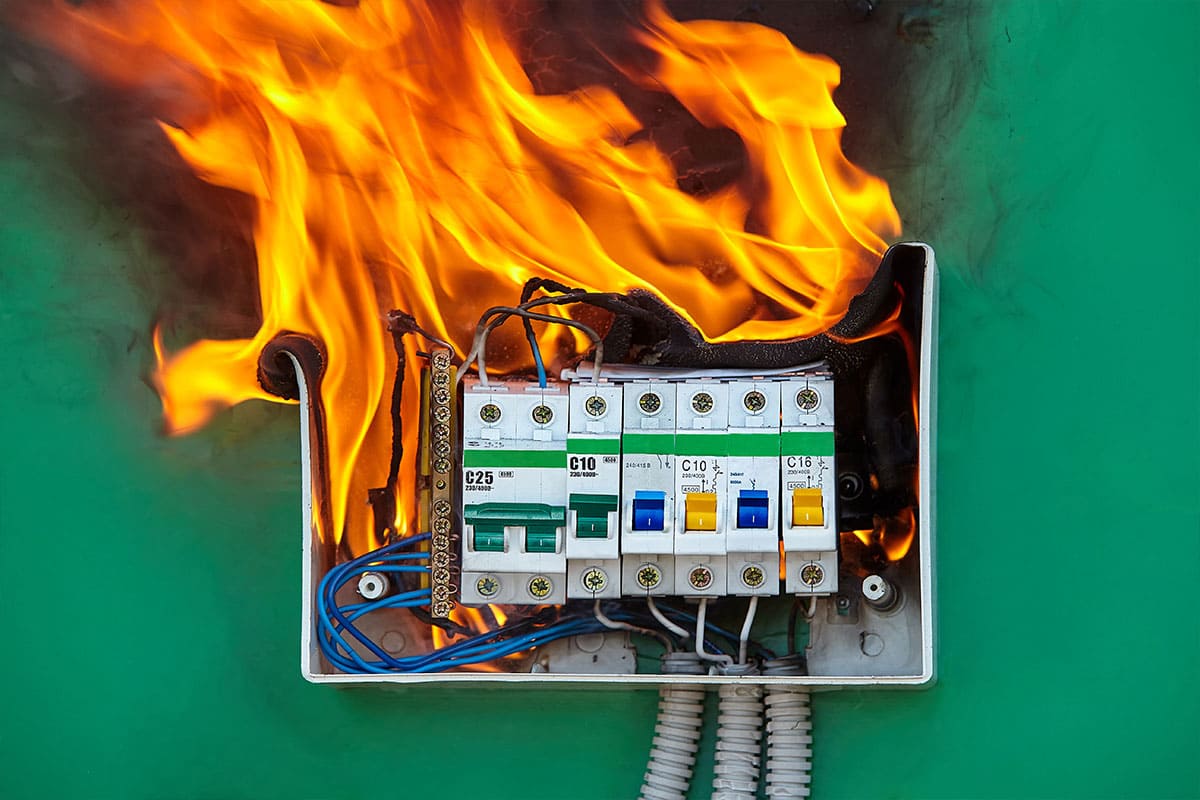Why Halogen-Free Cables Are Crucial for Fire Safety?

Why Halogen-Free Cables Are Crucial for Fire Safety?
Fire incidents in modern infrastructure are not just about flames, they are about the silent dangers that come with them. While fire itself is destructive, the real threat often lies in what it consumes and how those materials behave under heat. In enclosed spaces, the burning of construction and electrical materials releases a cocktail of smoke, gases, and particulates, often more fatal than the flames themselves.
Among these, the cables installed within walls, ceilings, conduits, and ducts play a critical role in either accelerating or containing the threat. Unfortunately, the Indian market is still predominantly using PVC insulated wires, even in sensitive and densely populated areas. This long-standing reliance on PVC, despite the availability of safer alternatives, remains one of the understated fire safety gaps in the industry.
Polyvinyl Chloride (PVC), commonly used for wire insulation, is affordable, accessible and easy to work with. However, its behaviour in fire conditions reveals its darker side. When exposed to fire, PVC cables release dense, black smoke and toxic halogen gases such as hydrogen chloride. This gas, when combined with moisture in the air or lungs, forms hydrochloric acid which is a corrosive substance that can cause severe respiratory damage and disorientation. This dense smoke not only chokes visibility, impeding evacuation, but also causes victims to lose consciousness quickly due to inhalation of poisonous fumes. The flames may not have even reached the person, yet the environment becomes unliveable within moments. Moreover, these corrosive gases also attack sensitive electrical and electronic systems, causing catastrophic failures in buildings with high-tech infrastructure, hospitals, and control rooms.
To mitigate such risks, Halogen-Free Flame Retardant (HFFR) cables also referred to as Low Smoke Zero Halogen (LS0H) cables have become increasingly critical in modern safety planning. The difference is not just in formulation; it is in philosophy. Where PVC cables focus on cost-efficiency, HFFR cables prioritize life safety, system continuity, and sustainable infrastructure.
Key Safety Advantages of Halogen Free Flame Retardant (HFFR) Cables:
Low Smoke Emission
In the event of a fire, HFFR cables emit very minimal smoke, enabling better visibility during evacuation. This factor alone can mean the difference between life and death in critical minutes.
Zero Halogen Gas Emission
HFFR cables do not emit dangerous halogens or corrosive gas which drastically reduce the risk of asphyxiation or long-term respiratory damage during a fire.
Superior Flame Retardancy
These cables are designed to limit the spread of fire, further containing potential damage and providing crucial extra time for evacuation.
Reduced Secondary Damage
With no acidic gas emission, corrosion to control panels, machines, and nearby metallic surfaces is significantly reduced. This is especially critical in data centers, hospitals, airports, or defence establishments.
India’s urban infrastructure is growing vertically taller buildings, denser occupancy, and more electrical loads. In such scenarios, the probability of an electrical fault turning into a large-scale fire is higher. With limited exit routes and crowded floors, evacuation becomes a challenge. In such critical moments, air quality and visibility determine survival. Even a short-term inhalation of toxic smoke can render individuals’ unconscious or incapacitated, especially in sealed environments like elevators, basements, or central air systems.
Conclusion:
The choice of cables should no longer be seen as a technical procurement decision but a conscious safety imperative. This is not a call for over-specification, but for appropriate specification - especially in environments where people live, work, recover, study, or gather. We do not question the use of fire-rated doors, extinguishers, or smoke detectors. Why should the electrical lifelines of a building be treated with less urgency? The movement toward HFFR cables is not a marketing trend - it is a moral and social responsibility. Engineers, architects, builders, and decision-makers must rethink the way they approach cabling. Consumers too, must demand transparency about the type of wires being installed in their homes and offices.
Let us begin to see cables not just as conductors of current, but as protectors of life. In every specification we make, let safety take precedence. And in every wire, we choose, let it be one that preserves breath, light, and life, even in the darkest hour.

